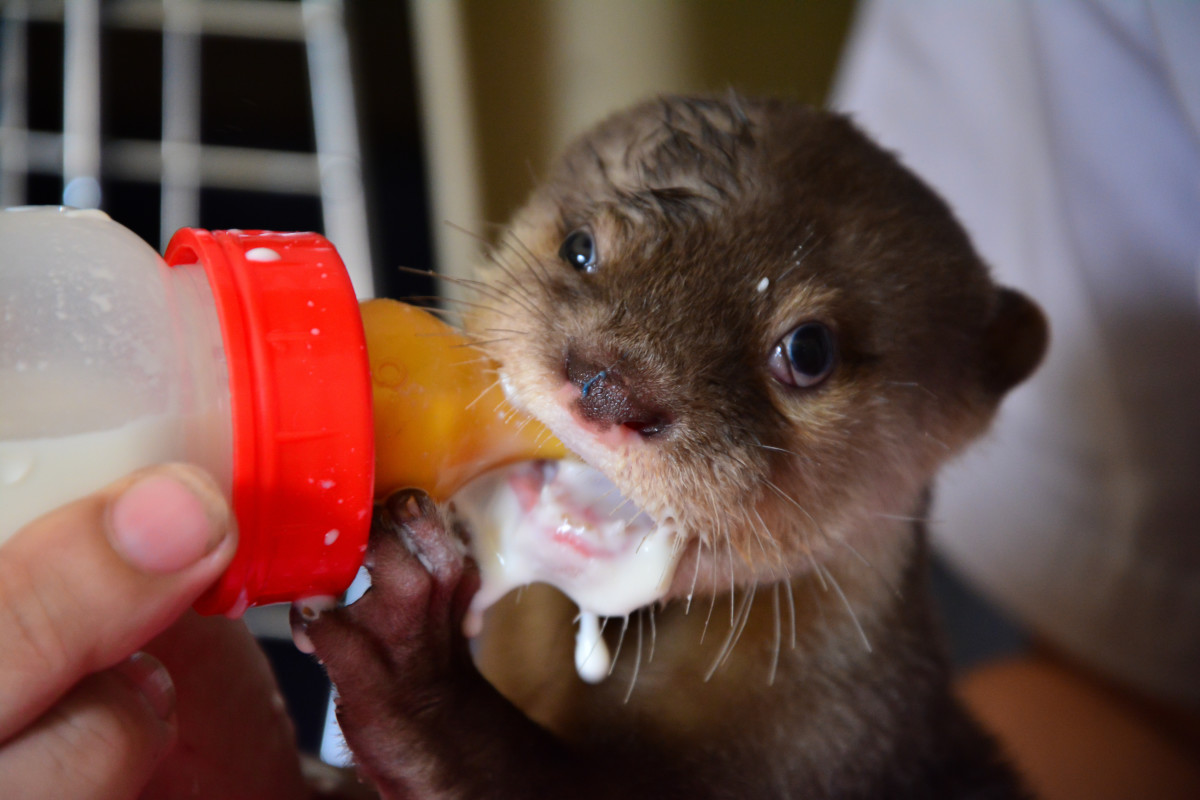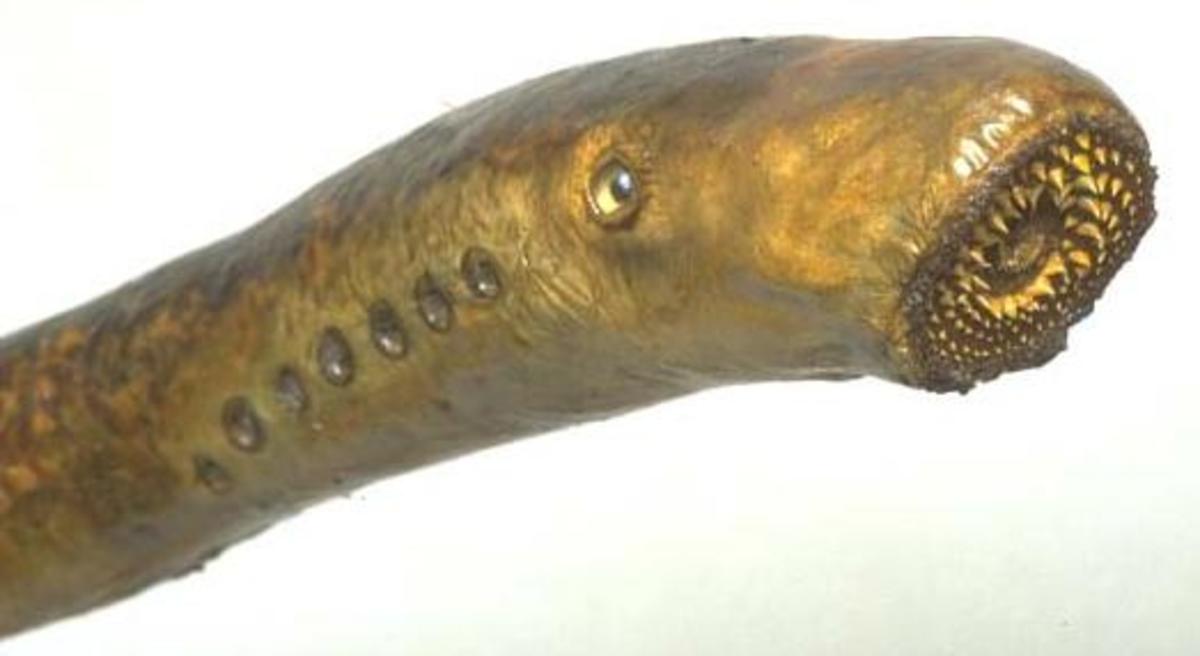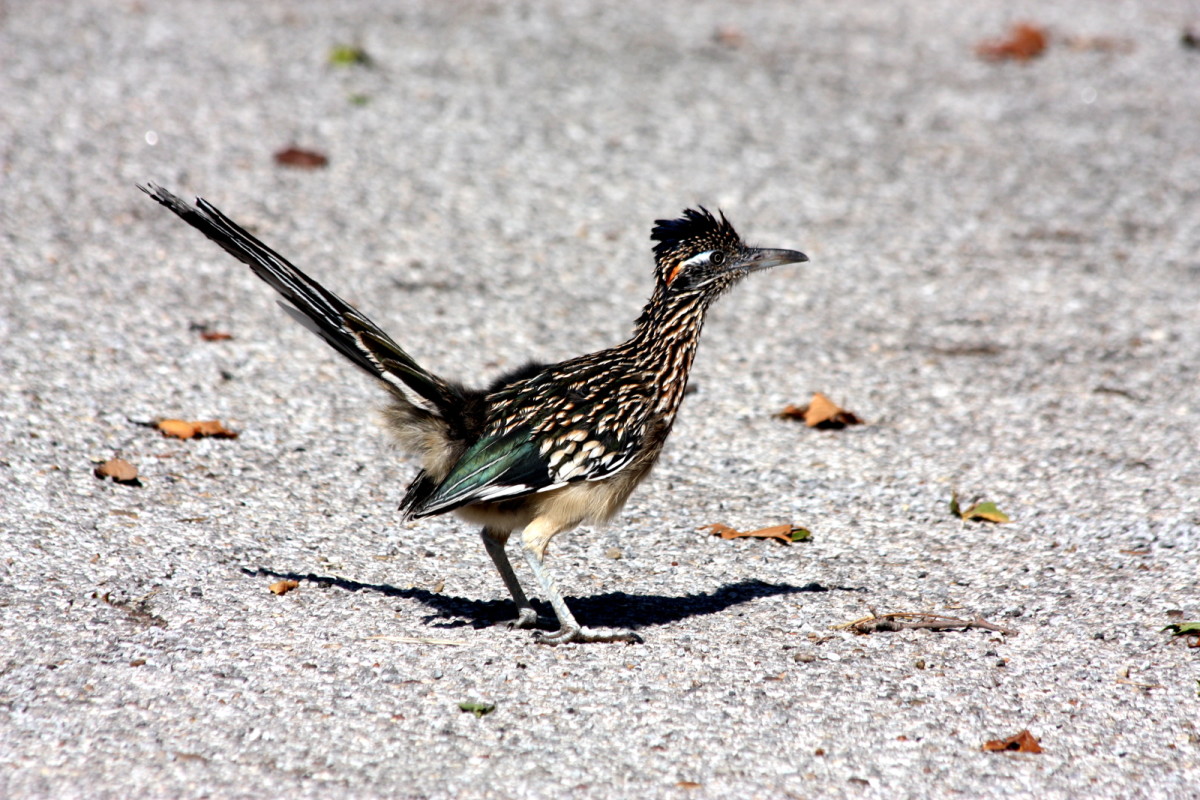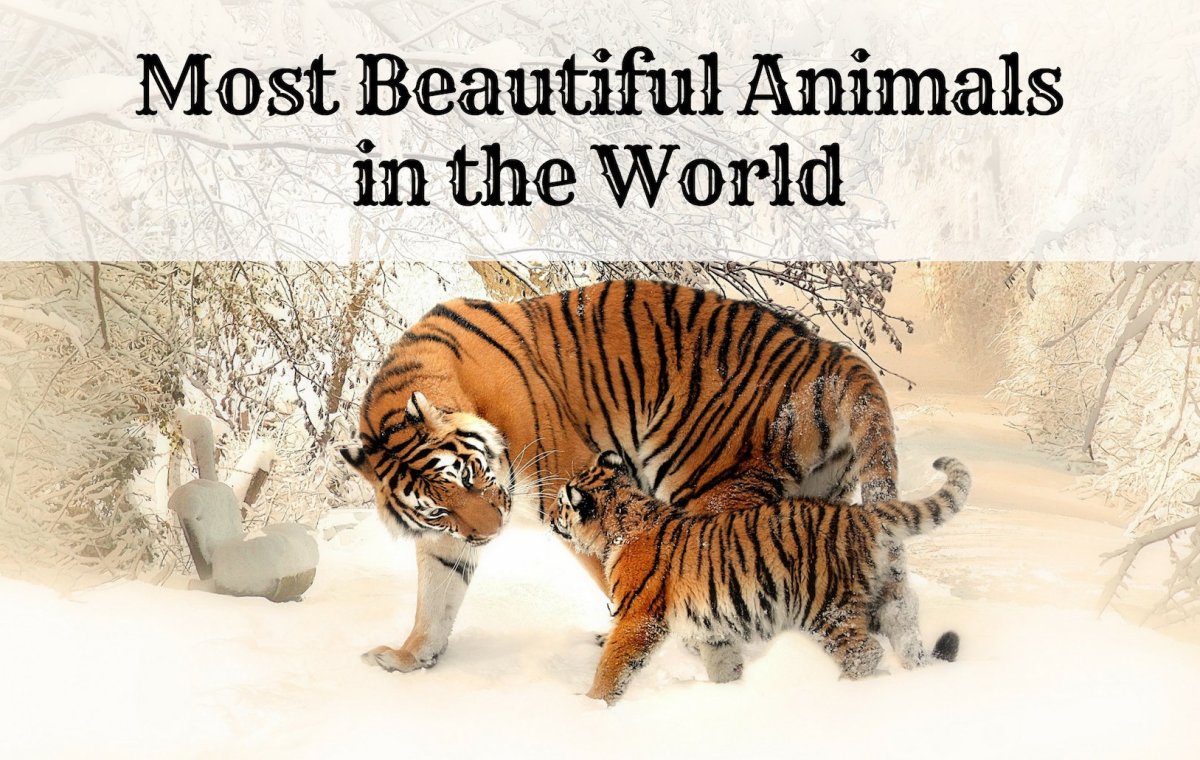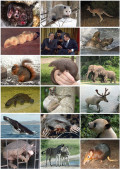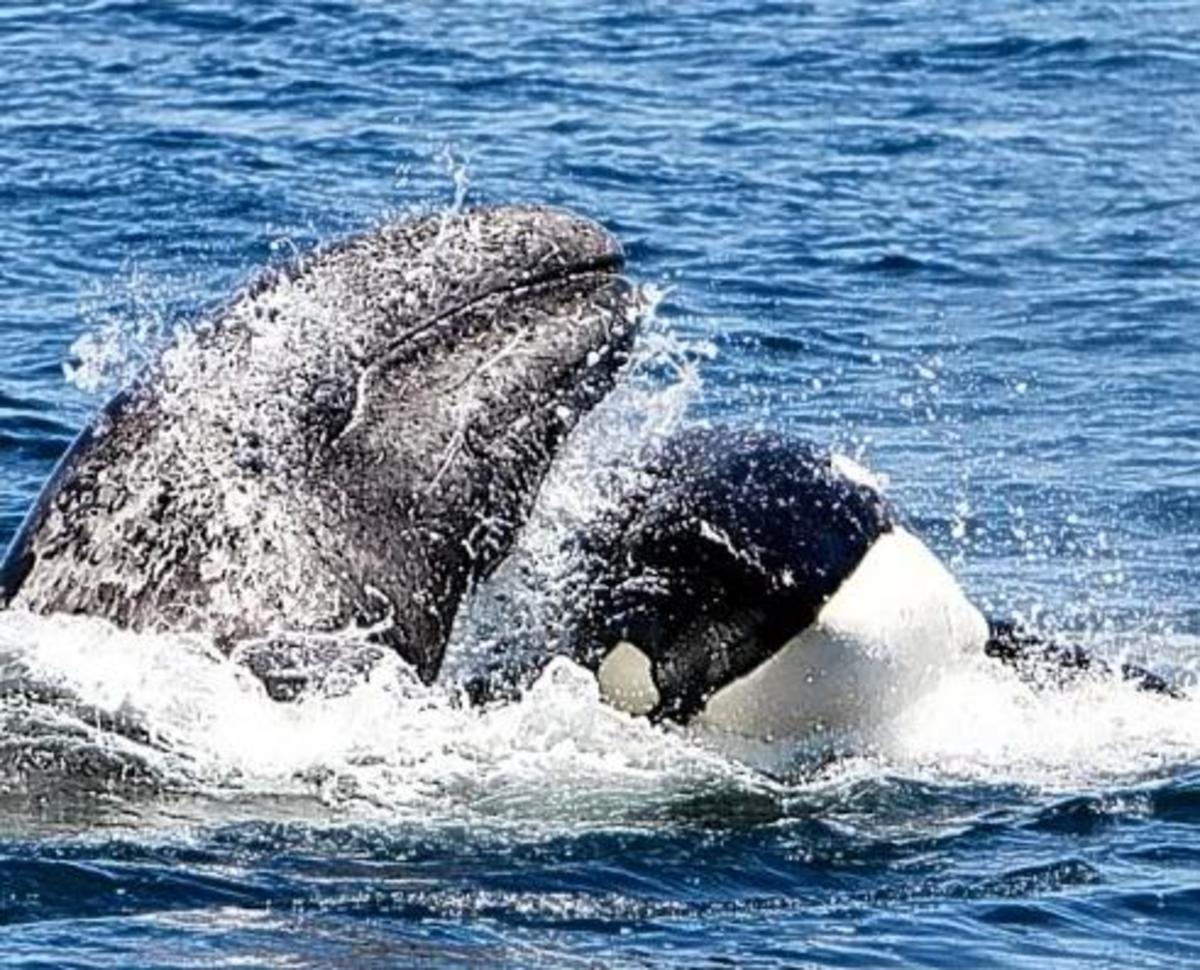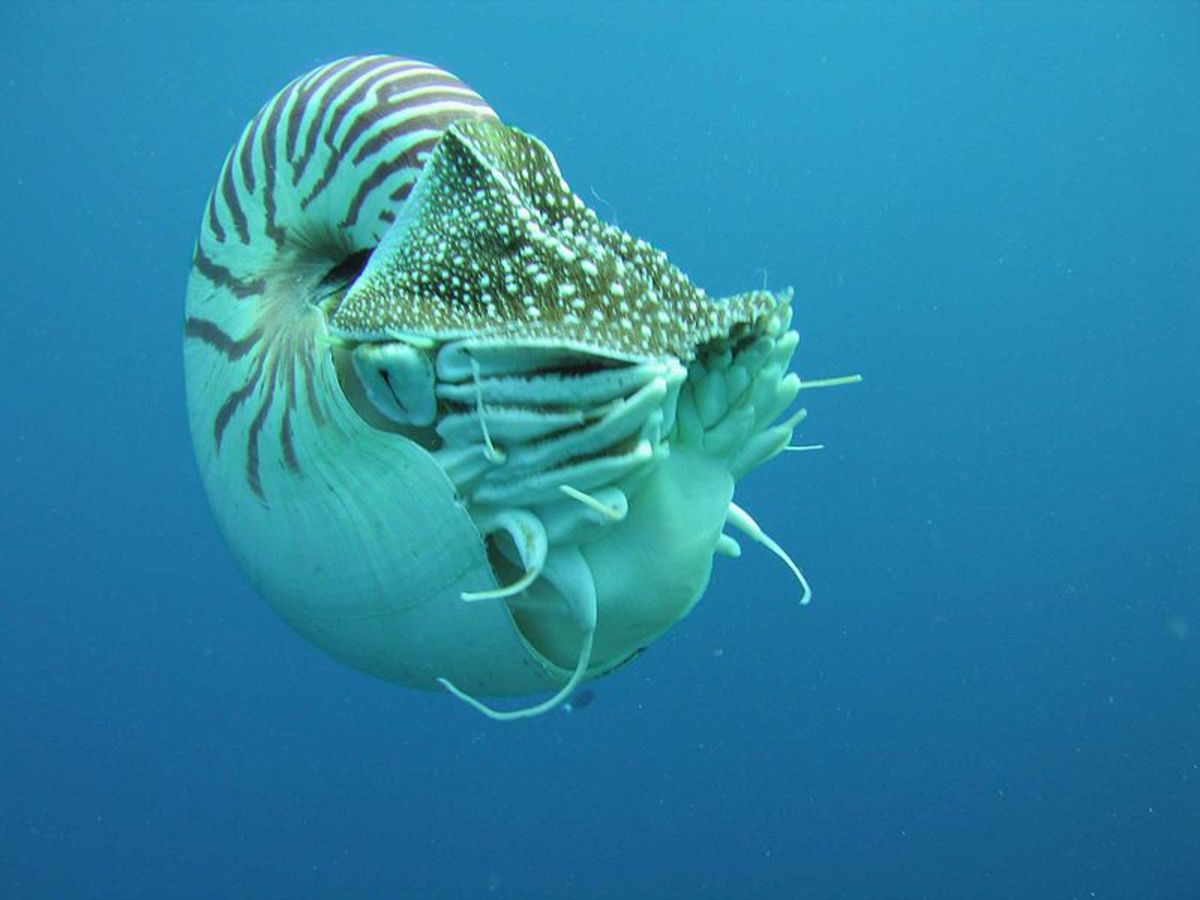- HubPages»
- Education and Science»
- Life Sciences»
- Marine Biology»
- Marine Life
Sea Otter
Scientific Name: Enhydra lutris
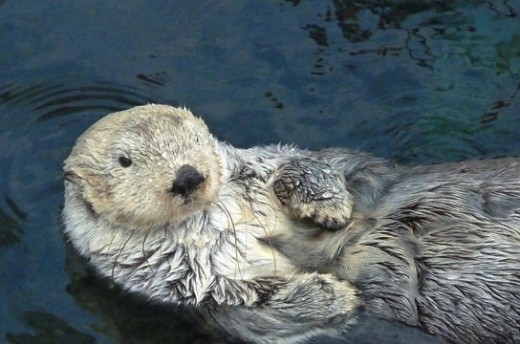
Sea Otter Description
The only otter that lives completely in the water is the Sea Otter. They are very cute looking animals both as youngsters and as adults. That is part of their charm though and also why so many people take an interest in them. They are easy to identify as they have small heads and brown coloring. They tend to be lighter in color on the head than the rest of the body. This fur helps to keep them warm as they can live in just about any temperature of water. This keeps their bodies dry and allows them to regulate their body temperature.
Sometimes they are mistaken for beavers due to the similarities. However, the Sea Otter can range quite a bit in size. You can see one that is from 30 to 100 pounds. The males can be from 4 to 5 feet tall and the females can be from 3 ½ to 4 ½ feet tall. Their small size categorizes them among the smallest of all marine animals in the world.
Facts about Otters
- Otter Facts
Otter Facts and Information. Feeding, habitat, distribution, reproduction, anatomy and more. Facts about Species like the Giant Otter, Sea Otter and many others. - Eurasian Otter Pup - Facts and Information - The Portal of Life
Facts and Information about Eurasian Otter Pup. Eurasian Otter Pup Description, Behavior, Feeding and Reproduction.
Sea Otter Anatomy
The body of a Sea Otter is well designed to give it all the advantages in the water. They are able to move around very quickly and very easily. This is primarily in part to their thick tail. That helps them to remain balanced. They are good at diving because they can close their ears and their nostrils in the process to prevent water from getting into them.
They also have webbed feet so moving in the water is a breeze for them. They have larger outer toes than inner ones that also help with movement and balance. Take close look at the whiskers on their faces. Not only do they help them with the cute appearance but they also help them to pick up vibrations in the water. This will help them to avoid predators as well as to find their own sources of food.
Sea Otter Evolution
It is believed that the Sea Otter evolved from very early animals millions of years ago. What is very unique though is that they are only water animals and not land animals as other otters are. They do have the ability to go on land but they simply don’t. It is likely that at one time they were blocked off from land and had to evolve enough to fully rely on the water for their survival.

Amazing Animal Facts
- Facts about Squids
Squid Facts and Information. Feeding, habitat, distribution, reproduction, anatomy and more. Facts about Species like the Giant Squid, Colossal Squid, Vampire Squid and many others. - Manatee Facts
Manatee Facts and Information. Feeding, habitat, distribution, reproduction, anatomy and more. Facts about Species like the West Indian Manatee, Amazonian Manatee and others. - Manta Ray Facts
Manta Ray Facts and Information. Feeding, habitat, distribution, reproduction, anatomy and more. Also, the conservation efforts made to preserve Manta Rays and how humans have interacted with Manta Rays.
Sea Otter Behavior
They rely on themselves for shelter and for food in the water. They tend to be alone most of the time. Sometimes you will see groups of them that gather but they don’t remain together. It is likely that they simple ended up in the same area to look for food. These groups will always be female only or male only. The exception is when the females have male offspring with them that they are caring for.
Sea Otter Habitat
They are able to live in a huge variety of habitats. Due to the way their fur keeps the water from their body, they can live in warm water or very cold water. They can also live in fresh water or salt water. They don’t need to consume very much water but they can consume either one and survive well from it. They just need water that is clean and that offers them plenty of food.
More Animal Facts...
- Walrus Facts
Walrus Facts and Information. Feeding, habitat, distribution, reproduction, anatomy and more. Also, the conservation efforts made to preserve Walruses and how humans have interacted with Walruses. - Facts about Sea Turtles
Facts and Information about Sea Turtles. Feeding, habitat, distribution, reproduction, anatomy and more. Facts about Species like the Green Sea Turtle, the Loggerhead Turtle, the Hawksbill Turtle, the Leatherback Turtle and many others. - Flamingo Facts
Flamingo Facts and Information. Feeding, habitat, distribution, reproduction, anatomy and more. Facts about Species like the Greater Flamingo, Lesser Flamingo, American Flamingo and others. - Amazing Information about Snails
Snail Facts and Information. Habitat, Feeding, Anatomy, Reproduction, Lifecycle, Predators, Species and Pictures.
Sea Otter Feeding Habits
As I mentioned they are excellent divers. This is how they go find their sources of food. They will grab them with their sharp forepaws and then eat them. There are plenty of types of food for them to consume. The often feed on mollusks, fish, and crustaceans. They have to consume plenty every single day though because they have an extremely high metabolism. On average they need to eat 38% of their body weight.
They spend the majority of their day either eating or resting. They will start the day by feeding and then continue to do so at regular intervals throughout the day. They need to be able to keep up with the process of maintaining their body temperature and regular intervals of food allow them to do so. They tend to take in all the food that they can during a given day. However, they also make time to rest and to play around as well.
Sea Otter Reproduction
Reproduction is really the only time that the males and the females care to interact with one another. The males call out and the females will respond. This process continues until they have found each other. After mating they will each go back to their separate lives. The time it takes for the young to be born can vary – from a period of 4 months to as long as 12 months. This is because the females are able to control when the embryo will attach to the uterus and then start to grow.
She will move to the shallow areas of the water to give birth. For about 13 weeks the offspring have to stay very close to the shore. It is only after their fur grows in completely that they can dive because they need that protection in order to regulate their body temperature. The mothers will feed them milk for up to 12 months before they begin really searching for their own food.
They are exceptional with their young, taking all the time necessary to teach them a variety of things. They learn how to swim and how to find food from their mothers. It can take plenty of practice to get it right. This is why those that are orphaned often don’t do well. However, there is a very good chance another female will adopt them if she finds them at a young age all alone.
- Facts about Pollution | Effects of Pollution
Pollution Facts and Information. Effects of Pollution in the Environment
Sea Otter Predators
There is a very high morality rate among the Sea Otters. This is because of the fact that the young have to remain close to the shore for a long time. The most common predators out there are sharks, orcas, Sea Lions, and Bald Eagles. The predators that they will have to contend with depend on the area in which they reside. Those that live in the salt water seem to be the most vulnerable to predators. Should the mothers become food when they are looking for prey, then they can’t return to their young to feed them either.
The have definitely had their share or problems with humans. Many of them are needlessly killed for their fur. While the fur trade isn’t as active as it once was, there is still money to be made through that process. There is also the fact that many fishermen don’t like share the fish in the water with them. By killing the Sea Otters they can take away more fish each day in their nets.
The fact that humans continue to pollute the environment including the water is a huge problem for them. They don’t do well in water that has various types of pollutants in it. As a result they have to try to find a new place to live that will also offer them enough food. That is why so many efforts out there to protect them involve keeping the bodies of water clean.

